Standard - Meet green consumption and social responsibility.
According to the report, in 2024, seafood export turnover will reach more than 9.4 billion USD, making Vietnam the third largest seafood exporter in the world . However, traditional markets such as the EU, the US, Japan and South Korea are increasingly applying requirements related to the environment, social responsibility and carbon emissions. In particular, the EU's carbon border adjustment mechanism (CBAM) is expected to expand in 2026, directly affecting Vietnam's seafood processing industry - a group of products that are energy-intensive and emit emissions during the production process.
In that context, standards become the "common language" that businesses are forced to use if they want to continue to maintain access to international markets.
According to Mr. Nguyen Hoai Nam, General Secretary of the Vietnam Association of Seafood Exporters and Producers (VASEP), the value of a seafood product is only recognized when the entire process from breeding, farming area, harvesting, processing to export complies with international standards. When the supply chain is not standardized, businesses are easily eliminated from markets that place emphasis on green criteria, traceability and sustainable development.
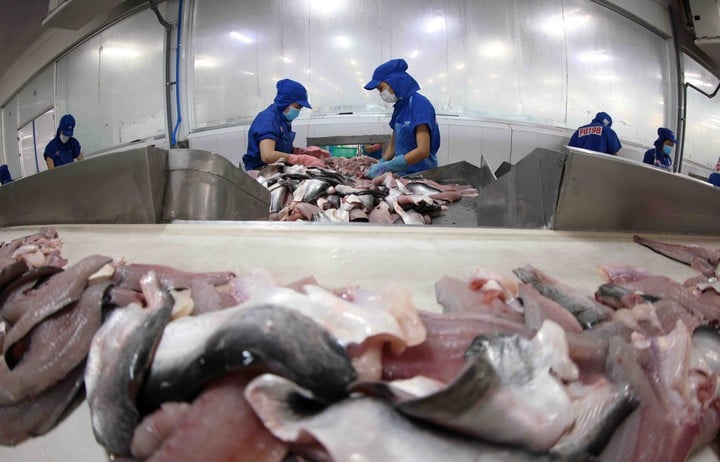
In the processing sector, considered the strength of Vietnamese seafood, more than 95% of large-scale factories have met food safety standards.
In fact, Vietnam currently has more than 7,200 aquaculture production and breeding facilities, but only about 71% are certified. Lack of uniform control leads to disease risks, unstable quality and reduced farming productivity. The aquaculture feed industry is also more than 80% dependent on imported sources, making businesses passive in the face of fluctuations in the world market.
At the farming area level, the country currently has about 1,300 farming areas meeting VietGAP standards and nearly 350 farming areas meeting international standards such as ASC and BAP. This figure is only equivalent to about 25% of the commercial farming area, not meeting practical needs. High certification costs, lack of consulting experts and limited access to green credit continue to be barriers for small-scale farmers and cooperatives.
In the processing sector, considered the strength of Vietnamese seafood, more than 95% of large-scale factories have met food safety standards such as HACCP, ISO 22000. Many businesses have expanded to higher standards such as BRC, IFS, Halal or environmental and circulation certification.
Some green processing models have created clear results, such as Vinh Hoan recycling by-products into collagen, gelatin and fish oil; Minh Phu developing ecological shrimp farming; Sao Ta applying water circulation and energy saving models. However, the pressure to reduce CO₂ emissions, manage wastewater and limit plastic waste still poses great demands on investment and technological innovation.
The system of national standards and regulations continues to be improved and updated according to new market requirements.
Standards such as TCVN 5289:2006 on frozen seafood hygiene, TCVN 13656:2023 on shrimp farming water quality or TCVN 13952:2024 on freshwater quality have created an important guiding framework for production practices. At the same time, environmental regulations such as QCVN 11-MT:2015/BTNMT and QCVN 02–32–1:2019/BNNPTNT are ensuring that aquaculture exploitation and farming are associated with environmental protection.
Internationally, the ASC, BAP, GLOBALG.AP or ISO 22000 standards continue to act as a "quality passport" to help Vietnamese seafood products access demanding markets, meeting the trend of green consumption and social responsibility.
Green transformation and value chain standardization
According to the Fisheries Development Strategy to 2030, vision 2045, the fisheries industry aims to achieve 12–13 billion USD in exports; over 80% of products have safety and sustainability certification; 100% of farming areas have electronic identification and traceability codes; and reduce 15% of CO₂ emissions across the industry. To realize these goals, the requirement is to promote the system of standards and regulations, synchronize the value chain and build a data infrastructure to serve information transparency.
Most experts in this field believe that, first of all, perfecting institutions, updating national standards and harmonizing with international standards is the key task, and at the same time, proposing to review, adjust and issue more standards related to carbon management, resource circulation and traceability; at the same time, increasing mutual recognition between certification systems such as VietGAP - GLOBALG.AP - ASC to reduce compliance costs for businesses.
In addition, it is necessary to step up support for businesses in the green transition process. This includes supporting certification costs, technical training, building standardized farming models and applying environmentally friendly farming methods. Along with that, promoting technological innovation, especially in wastewater treatment, energy saving, and recycling by-products will help businesses strengthen their position in the international market.
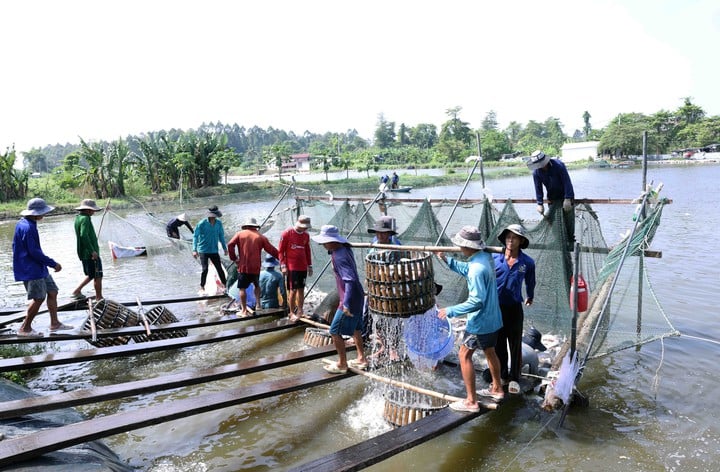
The whole country currently has about 1,300 farming areas meeting VietGAP standards and nearly 350 farming areas meeting international standards.
In addition, developing digital data infrastructure for the seafood supply chain is an urgent requirement. Building a national database on farming areas, processing plants, certification, emissions and origin of goods will help increase transparency, facilitate automatic electronic traceability and enhance the confidence of import partners. This also contributes to supporting management agencies in quality monitoring, market forecasting and risk management.
In the long term, standards are no longer a barrier but become the "golden key" to help Vietnamese seafood integrate sustainably. As global consumers increasingly prioritize transparent, ecological and socially responsible products, building a standardized - green - digital supply chain will be the way to help Vietnamese seafood increase value, expand markets and affirm its position among the world's leading exporting countries.
Source: https://mst.gov.vn/tieu-chuan-nang-cao-nang-suat-chat-luong-cho-nganh-thuy-san-197251121100130296.htm


![[Photo] Visit Hung Yen to admire the "wooden masterpiece" pagoda in the heart of the Northern Delta](/_next/image?url=https%3A%2F%2Fvphoto.vietnam.vn%2Fthumb%2F1200x675%2Fvietnam%2Fresource%2FIMAGE%2F2025%2F11%2F21%2F1763716446000_a1-bnd-8471-1769-jpg.webp&w=3840&q=75)

![[Photo] National Assembly Chairman Tran Thanh Man holds talks with President of the Senate of the Czech Republic Milos Vystrcil](/_next/image?url=https%3A%2F%2Fvphoto.vietnam.vn%2Fthumb%2F1200x675%2Fvietnam%2Fresource%2FIMAGE%2F2025%2F11%2F21%2F1763715853195_ndo_br_bnd-6440-jpg.webp&w=3840&q=75)
![[Photo] General Secretary To Lam receives President of the Senate of the Czech Republic Milos Vystrcil](/_next/image?url=https%3A%2F%2Fvphoto.vietnam.vn%2Fthumb%2F1200x675%2Fvietnam%2Fresource%2FIMAGE%2F2025%2F11%2F21%2F1763723946294_ndo_br_1-8401-jpg.webp&w=3840&q=75)

![[Photo] President Luong Cuong receives Speaker of the Korean National Assembly Woo Won Shik](/_next/image?url=https%3A%2F%2Fvphoto.vietnam.vn%2Fthumb%2F1200x675%2Fvietnam%2Fresource%2FIMAGE%2F2025%2F11%2F21%2F1763720046458_ndo_br_1-jpg.webp&w=3840&q=75)
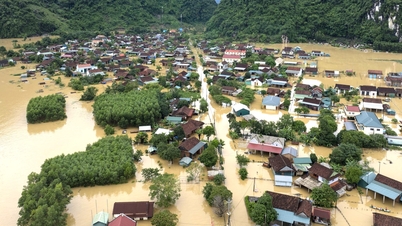




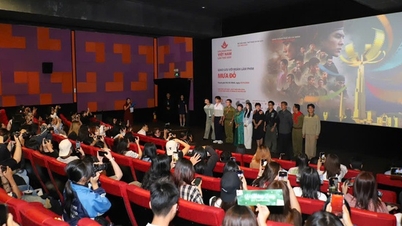









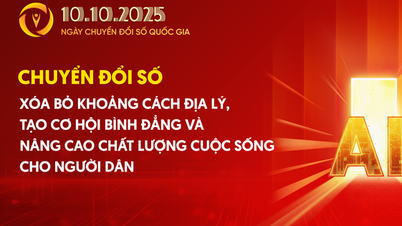







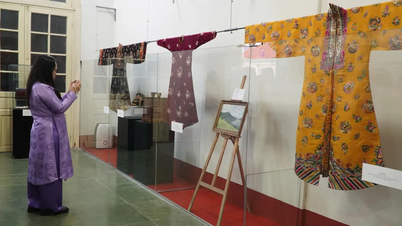

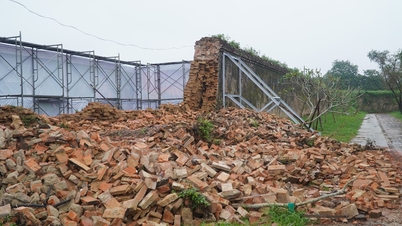

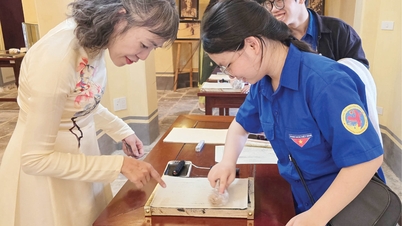





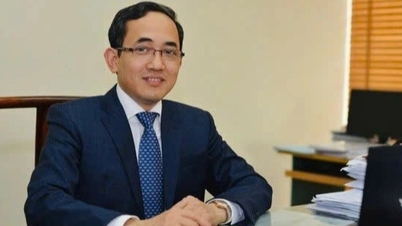



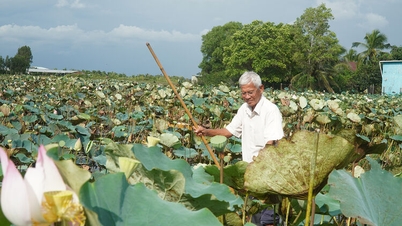

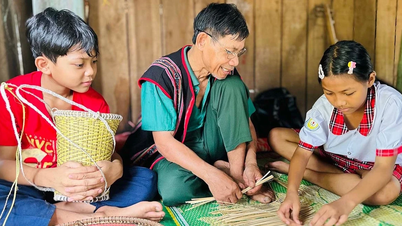






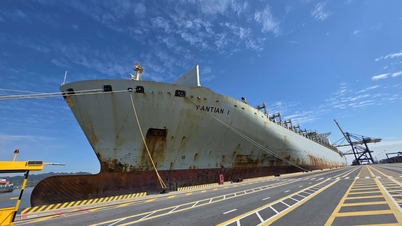
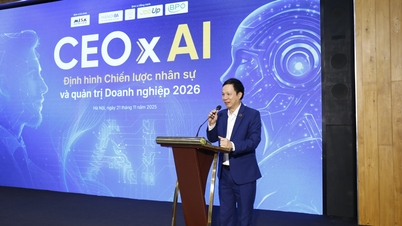

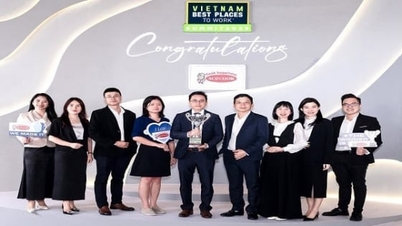







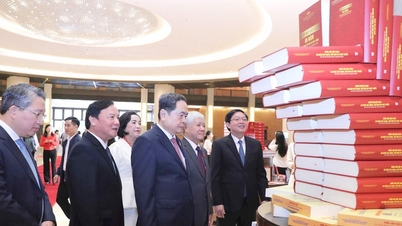

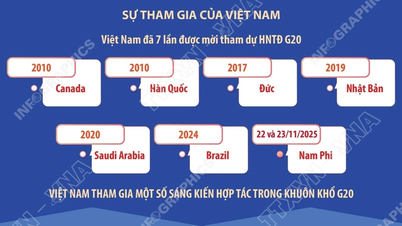




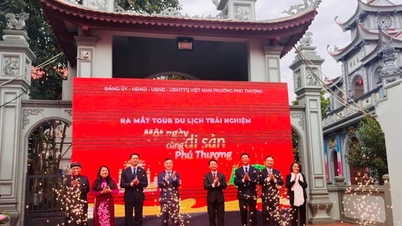
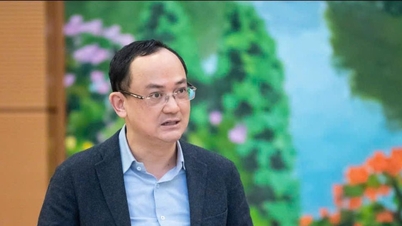
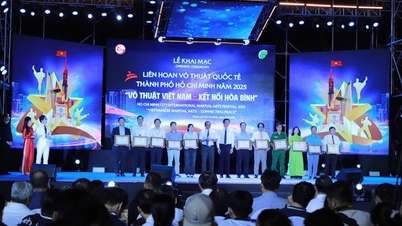



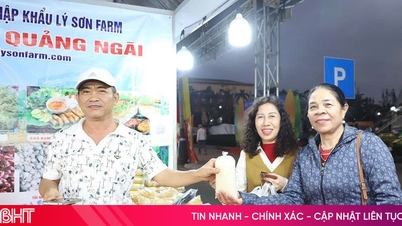

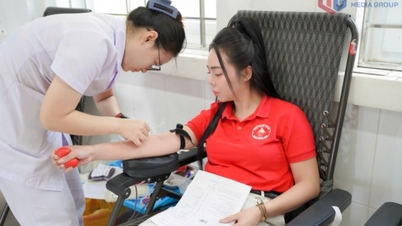


















Comment (0)